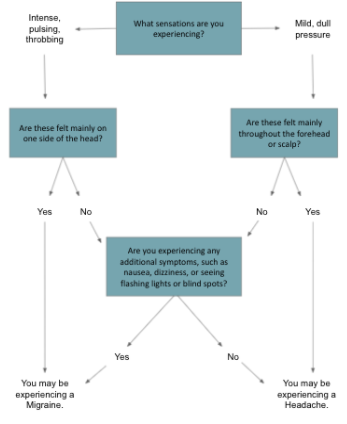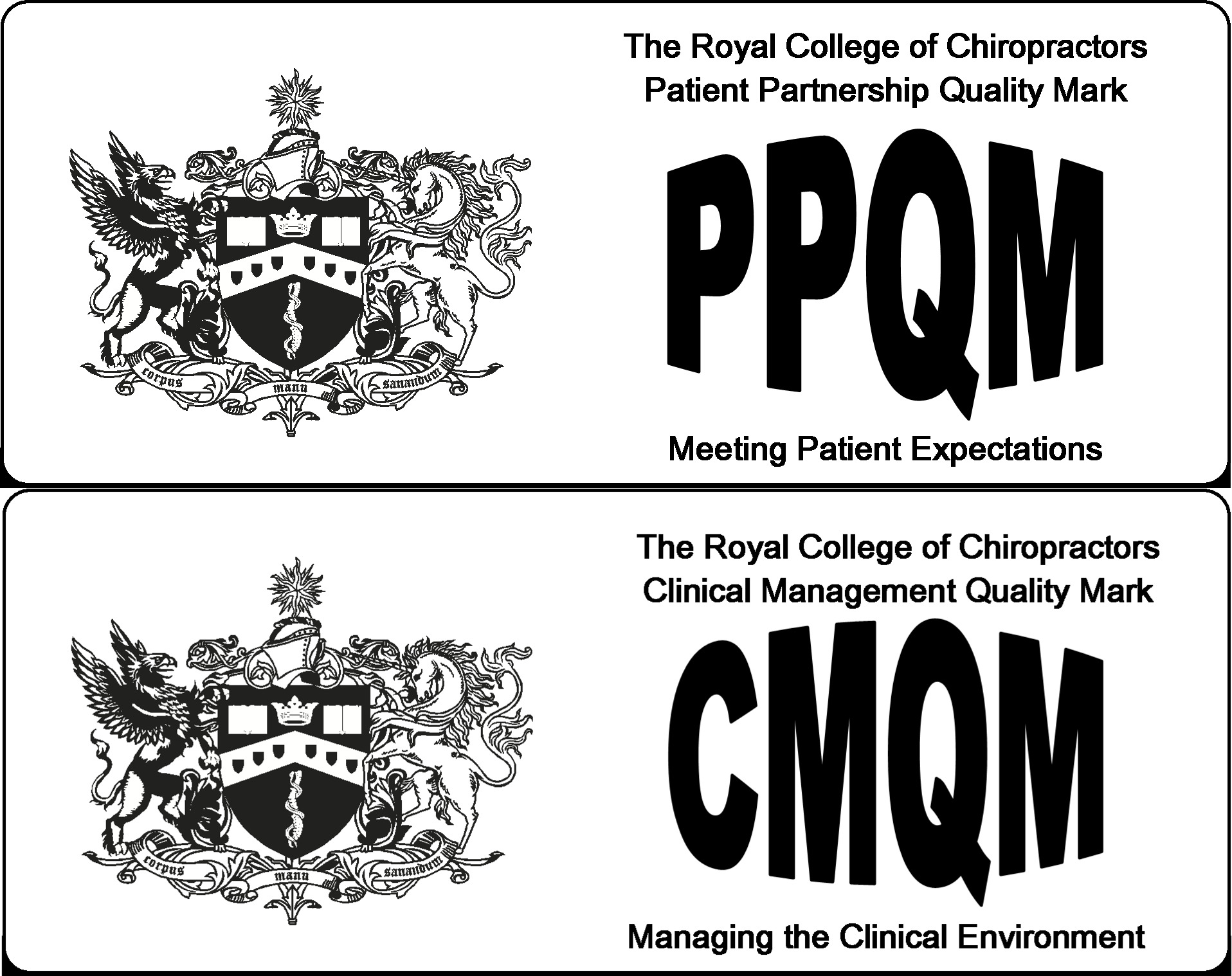Headaches And Migraines: They’re Not The Same!
When you experience a pressure-type pain in your head, it’s very hard to tell if it’s just a common headache or more serious, a migraine. It’s important to know the differences between the two, so you can get swift and correct treatment to alleviate the pain and the stress that comes with it. It can be very easy to confuse a migraine for a headache if you don’t know what to specifically look for, which is why we’ve put together this little guide to help you spot the differences between the two. So, what is it exactly that separates an ordinary headache from a migraine? Read on to find out.
Headaches: What Are They?
Headaches, like all other pains, are unpleasant to experience. These are pains in your head that cause pressure and aching and the pain can range from mild to severe. They can occur on either or side of your head but other areas where headaches can occur include your forehead, temples, and the back of your neck. A headache can last for as little as half an hour to as long as a week. One of the most common types of headaches is a tension headache, and it’s no surprise given the fact we live in such a fast-paced world that demands a lot of brain-fuelled energy. This type of headache can be triggered by stress, muscle strain, and anxiety. There are other types of headaches too, and the key to differentiating between a headache and a migraine is by knowing exactly what each one is and being able to tell apart the different types under both.
What Are The 4 Common Types Of Headaches?
Tension headaches may be the most common kind. In actuality, there are several hundred types of headaches you can experience. But to keep things general, headaches have been classified under four main types:
- Sinus Headaches:
Very often confused with migraine, sinus headaches are characterized by a feeling of facial pressure and they can occur with sinus infection symptoms like fever, stuffy nose, cough, and congestion. Sinus headaches tend to be recurring if you don’t treat the root cause of them; sinus infection. - Tension Headaches:
One of the most common types of headaches, tension headaches are usually characterized by pain in either or both sides of your head, with a probability of pain in your neck as well. Tension headaches are usually triggered by stress, anxiety, dehydration, tiredness, and even loud noises and can be treated with painkillers or simply by taking a break and relaxing. - Migraine Headaches:
Though considered a type of headache, it’s important to remember that Migraines are NOT headaches. Migraine Headaches are classified as such since headaches are one of the many SYMPTOMS of migraine. So, essentially, a migraine headache is the headache that you experience when you have a migraine. This type of headache is characterised by a throbbing pain experienced usually on just one side of the head. - Cluster Headaches:
Cluster headaches have been classified as one of the worst types of headaches you can experience. They’re characterized by severe pain occurring on one side of the head (often felt around your eye) and come in “clusters”. This means that you’ll experience bursts of headache attacks, followed by headache-free periods as well. The exact cause of these headaches is uncertain, but it’s been noted that certain things trigger this kind of headache like alcohol or strong smells. The best way to avoid this type of headache is to avoid its triggers.
How To Get Rid Of Headaches
Nobody likes experiencing pain. The moment you feel a headache coming, the first thing you want to know is how to get rid of a headache. That’s why “how to get rid of headaches” is one of the most commonly searched things on google. Fear not, for here at Amersham Chiropractic Clinic, we strive to educate our patients on all things related to pain relief. So, here’s a couple of simple and easy things you can do to treat and get rid of your headache!
Relaxation Techniques:
Due to the fact that the most commonly felt headaches are tension headaches, relaxation techniques are a very popular way of alleviating headaches. Most headaches are stress-induced and so the simple solution is to relax and take a break from the bustle of everyday life and see your chiropractor for treatment.
-Stop, breathe, relax; take a moment to collect yourself every now and then.
-Relaxation exercises; you’ll find hundreds of relaxation exercises online, most commonly yoga stretches
-Chiropractic treatment is scientifically proven to help stop headaches and migraine.
Migraines: What Are They?
Now that you have comprehensive knowledge of headaches, we can move on to migraines. So, what exactly is a migraine? Migraines cause intense and severe pains and often have other symptoms attached. Some of the other symptoms associated with migraines are:
- Nausea or Vomiting
- Pain behind one eye or ear
- Pain in the temples
- Seeing spots / flashing lights
- Being light and/or sound sensitive
- Temporary vision loss (blackouts)
Compared to tension headaches and other headaches, migraines can be moderate to severe in pain. Sometimes the pain will be so intense that you seek care at A+E and other times the pain can be a dull one that lingers over you throughout the day.
Migraine headaches typically affect only one side of the head, but it’s also possible to experience pain on both sides of the head as well. A migraine headache will cause an intense pain that can be throbbing, making it hard to focus on everyday tasks.
When you’re prone to migraines, you may experience symptoms a day or two before the onset of the actual migraine. Called the “prodroma” phase, these subtle symptoms include:
-Flashing lights, zig-zag visual pattern, visual disturbance.
-Excessive Yawning
-Irritability
-Stiffness in the Neck
-Strange food cravings
What Are The 2 Common Types of Migraines?
Migraines have been commonly divided into two types: migraine with aura, and migraine without aura. An “aura” is a sensation you experience before the onset of a migraine.
Migraine with Aura:
The sensations that occur before a migraine hits usually occur anywhere from 10 to 30 minutes before an attack. These include:
-Having trouble thinking and focussing
-Feeling less alert
-Seeing spots, flashing lights, or unusual lines
-Tingling and numbness in the face or hands
-Having an odd sense of smell, taste, or touch
Migraine without Aura:
This is the most common type of migraine. These migraines occur spontaneously, without warning or “aura”, so you don’t feel any symptoms before the onset of the actual migraine.
How To Get Rid Of Migraines
Treating a migraine can be tricky, which is why prevention is better than cure. When you suffer from migraines, you’ll most likely have to see a professional and seek help from them. Chiropractor to help with your migraines. Chiropractors are great at treating headaches and migraines because they’ve been trained to ensure proper nervous system communication through adjustment. Here’s how you can alleviate some of the symptoms of your migraine at home:
Prevention:
There are many preventive techniques to ensure you don’t have to go through the pain of a migraine.
-Take steps to reduce stress
-Make changes to your diets; eliminate foods and substances known to cause headaches and migraines, like alcohol and caffeine
-Make sure you take your prescription medications, like anti-depressants, blood pressure-lowering medicines, anti-epileptic medications, and CGRP antagonists.
-Often migraines are a symptom of a larger issue.
Medications:
If you have migraines less frequently, you may benefit from taking medicines known to reduce migraines quickly*. * Keep in mind that if you take migraine medications more than 10 days a month, it can cause an effect known as “rebound headaches”, which will worsen your headaches instead of making them feel better.
Simple Questions You Can Ask Yourself To Determine If You Have A Headache Or A Migraine
Sometimes, asking yourself a few simple questions can help you understand your body better. Here’s a simple flowchart to help you understand whether you’ve got a headache or a migraine:

Conclusion
Now that you’re aware of some of the differences between headaches and migraines, you can tell which one you’re suffering from. If it persists it’s best to see a medical professional such as at Amersham Chiropractic Center which offers some of the best chiropractic treatments to help cure your headaches and migraines!
All our chiropractors are trained and qualified to identify the likely causes and appropriate treatment for your headaches.




